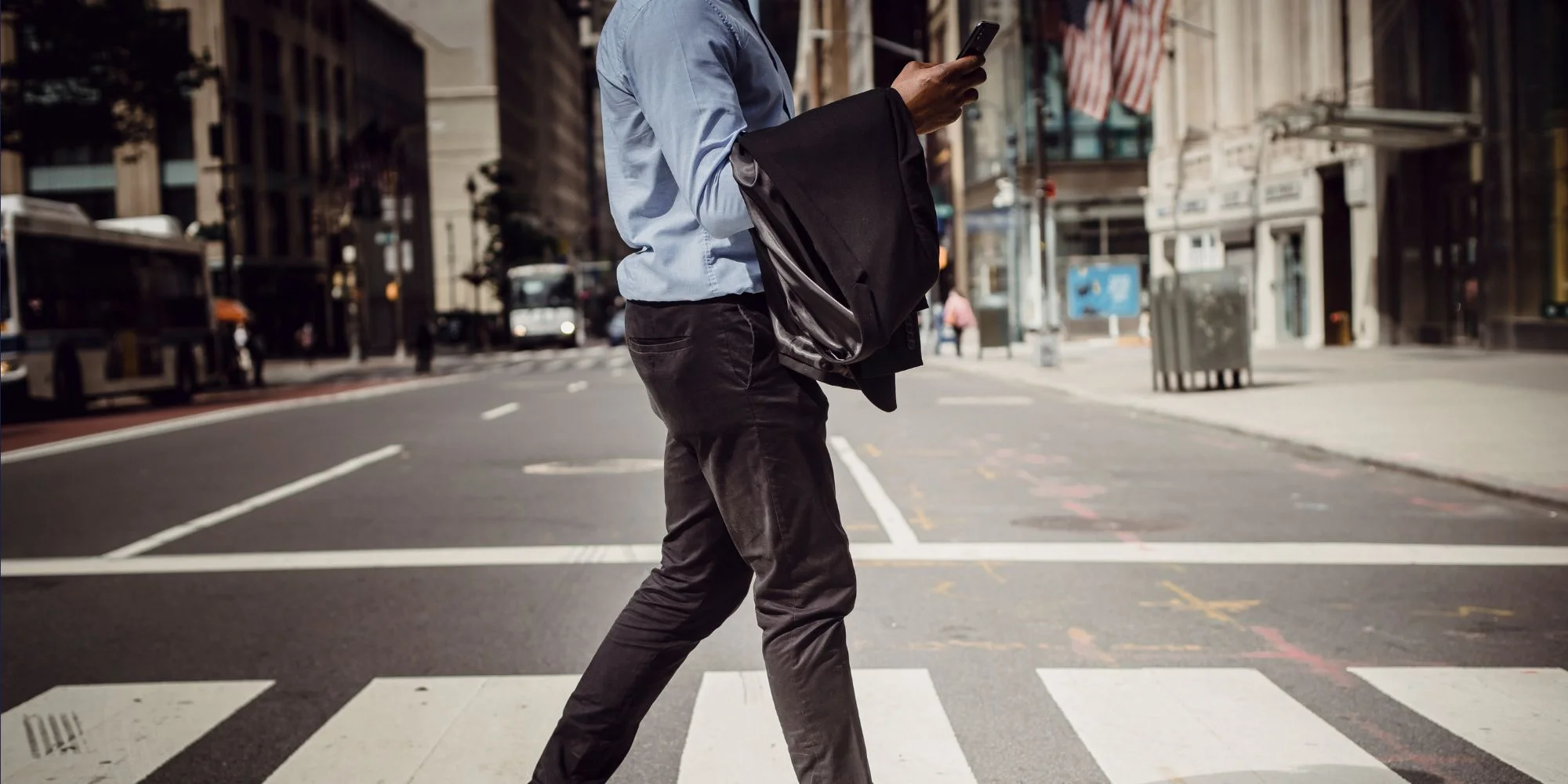Have you ever pondered the precarious interplay between pedestrians and vehicles on busy city streets? Perhaps you’re an avid walker, soaking in the sights and sounds of urban life. But what happens when that brisk walk takes a dangerous turn, and you find yourself hit by a car? What are the legal rights of a pedestrian in such a dire circumstance? Can they sue? This question looms large, particularly in a society increasingly fraught with distracted driving and bustling thoroughfares.
To untangle this complex web, let’s delve deeper into pedestrian rights and the legal implications of being struck by a vehicle. Understanding the factors that impact liability can illuminate your path should you ever find yourself faced with this unfortunate reality.
First and foremost, a pedestrian’s rights are anchored in the legal framework of negligence. When a pedestrian is involved in an incident with a motor vehicle, the crux of the matter often revolves around whether the driver acted negligently. Did they fail to yield when required? Were they distracted, perhaps by their phone or an engaging podcast? Or did they simply disregard traffic signals?
In legal parlance, negligence is determined by the establishment of four critical elements: duty of care, breach of that duty, causation, and damages. Drivers owe a duty of care to all road users, including pedestrians. This responsibility includes operating their vehicles in a manner that ensures the safety of others. A breach occurs when a driver fails to uphold this duty—like speeding through a crosswalk or not paying attention to their surroundings.
But here’s the rub: proving negligence is often anything but straightforward. Establishing causation—showing that the driver’s negligence directly caused your injuries—can pose a formidable challenge. Here, evidence plays a pivotal role. Surveillance footage, eyewitness testimony, police reports, and medical records can coalesce to substantiate your claim, but acquiring this evidence requires diligence and sometimes, legal intervention.
Moreover, the concept of comparative fault may further complicate matters. In some jurisdictions, if a pedestrian is found to be partially at fault—say, they stepped off the curb without looking—the compensation they might recover can be reduced proportionally. For instance, if a pedestrian is 20% responsible for the accident, they might only receive 80% of the damages awarded.
The next question that arises is: what types of damages can a pedestrian pursue? Medical expenses are usually the most pressing concern. Injuries sustained from a vehicle collision can vary from minor bruises to catastrophic injuries, requiring long-term medical care. Lost wages and pain and suffering are also significant factors. Emotional distress following such incidents can take a toll, leaving lasting mental scars.
Additionally, the question of insurance comes into play. In many states, drivers are required to carry liability insurance, designed to cover damages incurred by pedestrians and other road users. Navigating these insurance claims can be a complex process, and it often requires astute negotiation skills to ensure that you receive the compensation you rightfully deserve.
Let’s not forget the crucial timing factor involved when seeking legal recourse. Most jurisdictions have statutes of limitations that dictate the timeframe within which a pedestrian must file a lawsuit post-incident. This period can vary widely, often between one to three years, making it imperative to act swiftly. Engaging an experienced attorney as soon as possible can help you remain vigilant against these time constraints and bolster your case.
Now, it wouldn’t be prudent to overlook the emotional dimension of a pedestrian’s plight after such an accident. The aftermath of an incident can evoke a myriad of feelings—anger, confusion, fear. It’s a disorienting experience, often forcing victims to confront not only physical recovery but also the psychological ramifications of their experiences. Seeking emotional support from counselors or support groups can provide solace and healing during the recovery process, helping to process the trauma in a constructive manner.
Community awareness and education can also play a vital role in mitigating accidents involving pedestrians. Programs aimed at teaching drivers about pedestrian right-of-way, the importance of distraction-free driving, and initiatives that promote safer roads can contribute to a culture of respect on the streets. Advocating for pedestrian-friendly policies in urban planning can also help foster a more conducive environment for those who prefer to navigate our cities on foot.
Ultimately, the question remains: can a pedestrian sue if hit by a car? The answer is a resounding yes, provided they can establish the necessary elements of negligence and navigate the intricate legal landscape that follows unfortunate incidents. Understanding your rights, seeking proper legal counsel, and taking proactive measures can empower pedestrians to take control of their advocacy and recovery. As urbanization grows and foot traffic increases, cultivating a culture that prioritizes pedestrian safety and awareness becomes ever more crucial. So next time you step onto the crosswalk, do so with confidence, knowing your rights are worth defending.
